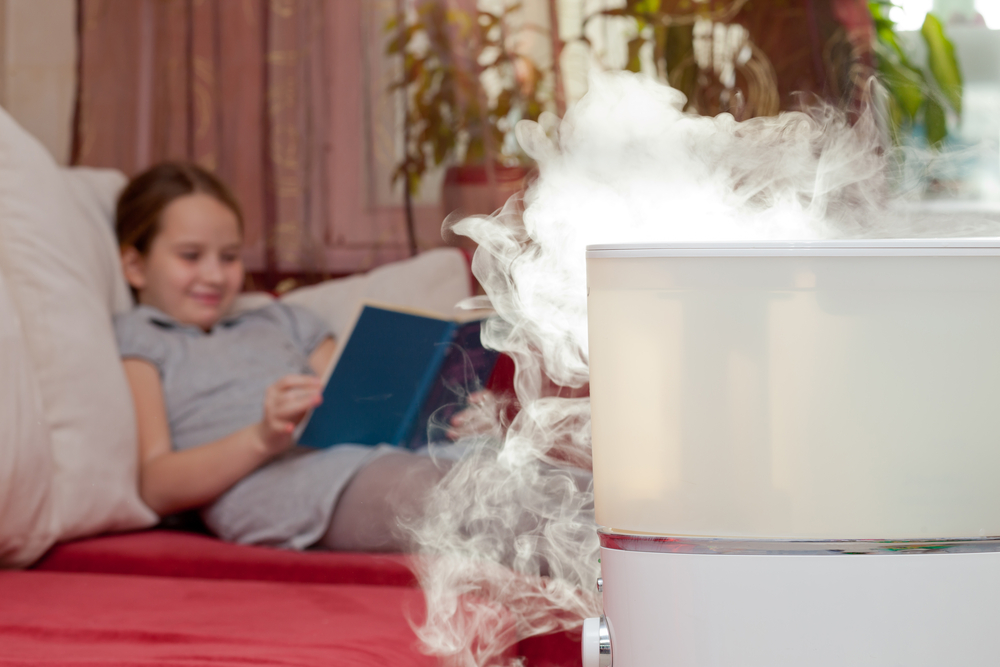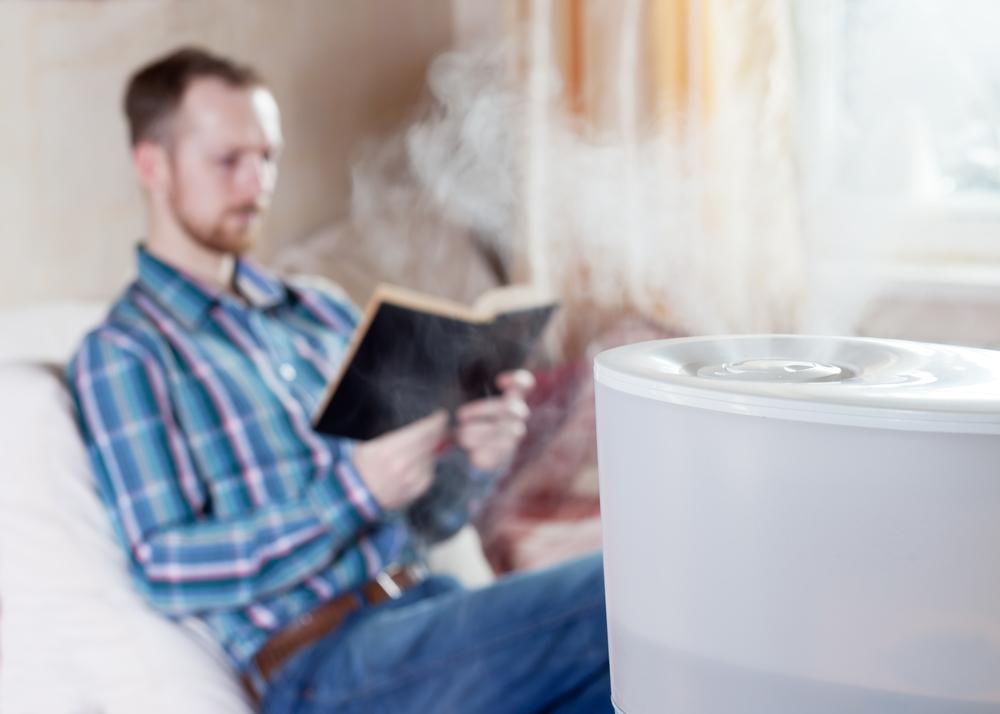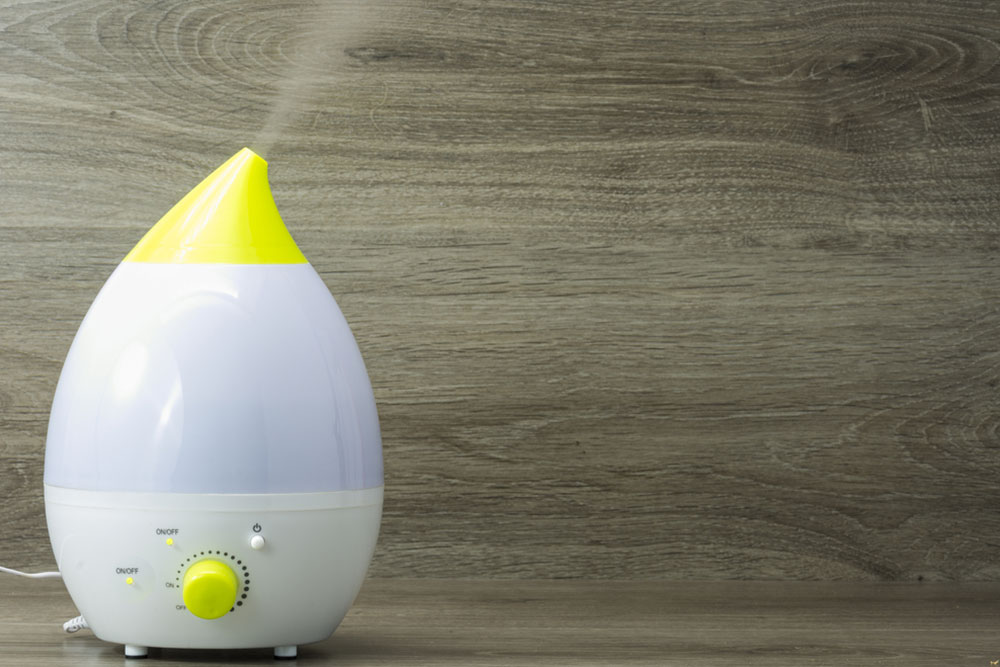Critical Factors to Evaluate When Choosing an Air Purification Device
This article guides you through essential questions to consider when choosing an air purifier, including placement, filter maintenance, top brands, pros and cons, and key features. It helps consumers make informed decisions to improve indoor air quality effectively and efficiently.

Considerations Before Buying an Air Cleaner
Important questions to ask when selecting an air purifier
As indoor air pollution becomes more prominent, the importance of high-quality air purification increases. Air purifiers effectively remove contaminants through various filters, enhancing indoor air health. To select the right unit for your home or workspace, ask these key questions and find the answers to guide your decision.
How can I optimize my air purifier’s performance?
For best results, follow these tips:
Placement : Position the device with sufficient space around it, maintaining a few feet of clearance to ensure proper airflow. Clear the area of any obstructions.
Airflow orientation : Place the purifier so that its airflow directs towards your main living areas, maximizing filtering efficiency.
Operation continuity: Keep the purifier running continuously, especially in homes with smokers or members with allergies, asthma, or respiratory issues. Energy-efficient models allow longer use without significant electricity costs.
Filter upkeep: Replace filters as per manufacturer instructions. HEPA and activated carbon filters often need annual replacement, while washable filters require cleaning every 10 days.
Leading air purifier brands
Based on user feedback, popular options include:
Honeywell 50250-s: Known for its superior HEPA filtration, capturing particles as small as 0.3 microns, including dust, pollen, pet dander, and smoke.
GermGuardian AC4100: A compact 3-in-1 system featuring HEPA and UVC light technology to eliminate airborne germs and odors from tobacco or pets.
Holmes HEPA Desktop Purifiers: Cost-effective, filtering particles down to 2 microns and including an activated carbon filter for odor control, with Microban protection against mold and bacteria.
Benefits and limitations of air cleaners
Advantages: Lightweight and portable, typically weighing 10-20 pounds. HEPA filters effectively trap tiny airborne particles, aiding allergy and asthma sufferers.
Drawbacks: Some models with ionizer or electrostatic technology may emit ozone, which can irritate respiratory pathways. Regular filter maintenance is required, which may take time.
Features to prioritize in an air purifier
Useful features include:
Fan: Necessary for drawing air into the system for filtration. Quieter models utilize natural airflow for quieter operation.
Timer functions: Enable scheduling to conserve energy.
Adjustable fan speeds: Help control noise and filtration power, useful during sleep or high pollen seasons.
Dirt sensors: Detect dust levels and automate operation based on air quality.
Washable pre-filters: Capture larger particles, lowering filter replacement costs and maintaining cleaner airflow.


